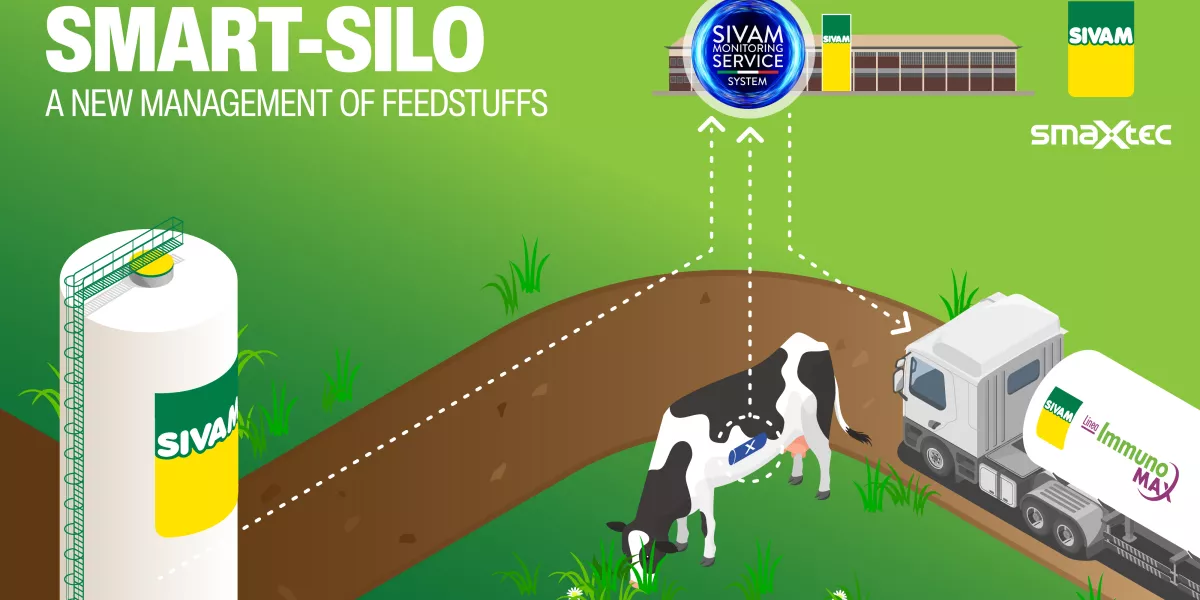SMART-SILO
A new management of feedstuffs by smart silos equipped with electronic load cells to improve logistics and sustainability of the dairy sector

Scheda del progetto

Società italiana veterinaria agricola Milano spa

Società agricola Berticelli Luigi s.s.




SmartSilo aims to develop an interconnected silo for the 'intelligent' supply of feed and to enhance sustainability in the dairy sector. The silos in dairy farms will be equipped with load cells connected to both the farm's computers and those of the suppliers to automatically and remotely monitor the quantity present in the silo and the daily consumption. This system will be developed and optimised in an experimental farm equipped with precision systems for monitoring feed consumption. All collected information, including performance and feed consumption, will enable the nutritionist to adjust the diet and select the feed according to the animals' needs.
Contacts:
Franco Gerevini
franco.gerevini@sivamspa.it
SmartSilo aims to develop an interconnected silo for the "intelligent" supply of feed and to improve the sustainability of the dairy sector. The silos in dairy farms will be equipped with load cells connected to both the farm's computers and those of the suppliers to automatically and remotely monitor the amount present in the silo and daily consumption. This system will be developed and optimized in an experimental farm equipped with precision systems to monitor feed consumption. All collected information, including performance and feed consumption, will allow the nutritionist to adjust the diet and select feed according to the animals' needs.
By remotely monitoring performance through the smaXtec system, it will be possible to schedule feed supply with the nutritionist technician based on the needs of the barn, reducing waste and ensuring the provision of products better suited to the physiological state of the herd. This allows for a comprehensive barn management approach, with a complete team at the service of the farmer to maximize milk production and improve animal welfare while preserving health through early detection of nutritional and health issues.
This organization will ensure timely feed supply for the farmer, allowing for a significant reduction in the time spent placing product orders. At the same time, it will enable the supplier to forecast and logically plan deliveries to various customers within the same geographic area. The result will be a reduced and optimized number of deliveries with minimized distances, ensuring a decrease in environmental impacts and an estimated economic savings of around 5% for the farmer.
